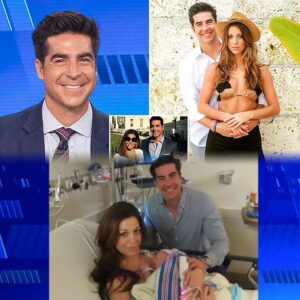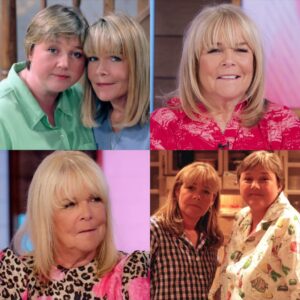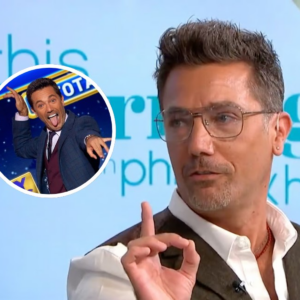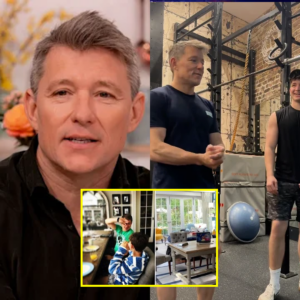GERALD Green has proven it is possible to do more with less.
The former Boston Celtics guard is one of the greatest dunkers in NBA history despite having just nine fingers.

5
Gerald Green takes a free throw while competing for the Boston CelticsCredit: Getty

5
A close-up of Green’s missing fingerCredit: Getty

5
Green takes part of the 2007 NBA Slam Dunk contest, which he wonCredit: Getty
It took Green years to overcome the stigma and embarrassment of having a missing digit, even during much of his time in the NBA.
But the 37-year-old is now happy to share his story and provide inspiration to others who may have a disability or deformity.
Green was in the sixth grade when a freak accident left him with half the ring finger on his right hand.
Wearing his mother’s class ring, he tried to make a dunk on a makeshift hoop attached to a doorway.
The ring caught on an exposed nail and and ripped the flesh off his finger down to the bone.
The doctors had no choice but to amputate.
Green was forced to wear a large bandage during the 18-month healing process that required a second surgery.
He had difficulty writing and his mother had to help him with homework.
But the emotional trauma was far worse than any physical pain he endured.
“Personally, it was a huge setback for me mentally,” Green tells The U.S. Sun.
“I was 11, 12 years-old when it happened and you go from having all your fingers to all of a sudden you’re missing a finger.
“It is something that messes with you. For me, it took two decades to get over that.
“It really took a long time, even after I was drafted and being in the league for several years, I still had that insecurity problem and that mental thing, it was like a trauma for me.”
Green briefly wore a prosthetic finger for a while but he quickly rejected it.
“I don’t like wearing anything fake,” he says.
“I just thought I’m going to rock out with the four-and-a-half.”
When Green was selected No.18 by the Celtics in the 2005 NBA Draft, he hid his right hand in a force of habit.
NBA commissioner David Stern was not impressed and told Green to take his hand out of his pocket.
“I was really insecure about it, I always kept my hand in my pocket,” Green adds.
“I didn’t like anyone talking about it, I didn’t even want to talk about it.
“I got bullied when I was a kid about it growing up and that made me into a different person who I am today.”
Despite his missing finger, the six-foot-eight small forward quickly established himself as one of the greatest dunkers in the NBA.
He won the 2007 Slam Dunk contest at the NBA All-Star Game and was runner-up the following year.
Green found it hard to palm the ball with his right hand and was forced to change his technique to become a top-class dunker.
“Every time I would dunk the ball, I would do it with two hands or I would have to cuff the ball or really go above the rim to really get it in there,” he says.
“That was something that affected me but anything else, as far as dribbling the ball or shooting the ball, I felt I was still able to be who I was.
“When you have less, you got to do more…”
Green became so skilled about hiding his right hand that many people in the NBA did not even know he was missing a finger.
But he now talks freely about his ailment and takes great pride in providing inspiration to others.
“When I look at my hand every day, I am thankful,” he says
“I could have a missing arm, it could be 10-times worse. And that is how I am in life.
“Things may not be where you want to be and sometimes you might have less than others but guess what, you still have more than what somebody else may have.
“So I keep that mentality and I think that’s what’s helped me.
“I’m very honored that I can inspire anyone, even if it’s one person.
“I wasn’t trying to inspire anyone. I was just a kid from Houston trying to live his dream and just happened to have nine fingers.”
After winning the NBA G League title with the Rio Grande Valley Vipers in 2022, he is currently competing in Ice Cube’s Big3 league.
He is looking to play professionally for as long as possible before he pursues a full-time coaching career, having already worked as a development coach with the Houston Rockets.
“I had a little bit of basketball left in me and I knew that if I didn’t get that out then I was going to regret that as a player,” says Green, who is an active real estate investor.
“I was able to win the NBA G league championship with the [Rio Grande Valley] Vipers so that was a great accomplishment for me.
“[The Big3] has been great. It’s a very competitive league, guys go at it every week.
“It’s a great experience, you get to travel to cities that you’re accustomed to playing in. You bump into fans that appreciate the game.”
The Big3 can be viewed in Europe, South America, Australia and New Zealand on digital streaming service FITE.

5
Green won an NBA G League title with the Rio Grande Valley VipersCredit: Getty

5
The 37-year-old is now taking part in Ice Cube’s Big3 leagueCredit: Getty
News
“Jesse Watters and Wife Emma DiGiovine Shock Fans with Surprise Baby News—Meet Their New Baby Girl and the Heartwarming Story Behind the Announcement!”
Fox’s Jesse Watters and wife Emma DiGiovine glow as they welcome new baby girl to the world FOX News host Jesse Watters and his wife Emma DiGiovine…
Linda Robson broke down in tears, saying she would DIE TOGETHER with her best friend Pauline Quirke on live television, leaving everyone stunned. What happened?
Linda Robson has spoken publicly about the heartbreaking dementia diagnosis of her long-time friend and Birds of a Feather co-star, Pauline Quirke. Last month, Pauline’s husband, Steve…
Pete Wicks Admits He ‘Cried Several Times’ Filming Emotional New Rescue Dog Series – The HEARTWARMING Moments That Left Him in TEARS!
‘They have transformed my life for the better’ Star of Strictly Pete Wicks admitted he “cried several times” while filming his new documentary, Pete Wicks: For Dogs’ Sake. A lover…
Gino D’Acampo just stirred up social networks with his FIRST POST after being fired from ITV
Celebrity chef and TV star Gino D’Acampo has been accused of sexual misconduct as over 40 people have come forward amid his alleged wrongdoing A defiant Gino D’Acampo has…
This Morning presenter prepares to become homeless, family home worth £4m about to disappear
The This Morning presenter lives in Richmond with his wife and children This Morning star Ben Shephard lives less than 30 minutes away from the ITV studios, in a beautiful home…
Stacey Solomon in tears and forced to walk off camera as Sort Your Life Out fans say ‘LIFE IS CRUEL’
Stacey Solomon had to step away from the camera, overwhelmed with emotion, while filming her show ‘Sort Your Life Out’ as she assisted a family from Leeds in decluttering their…
End of content
No more pages to load






